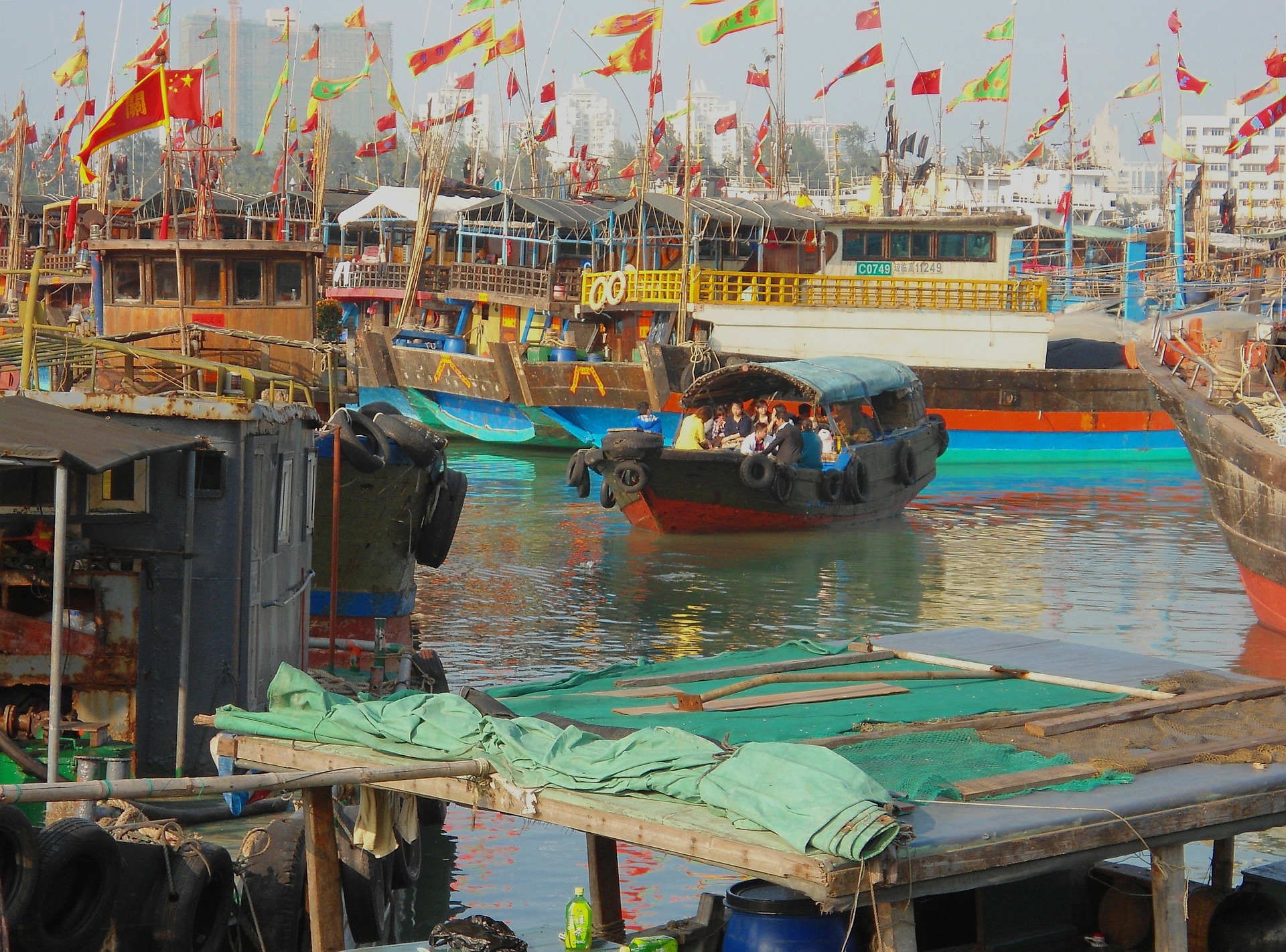How is water central to China’s adaptation strategy?
‘Sponge cities’ and ‘green-grey’ infrastructure were among the topics under discussion in Beijing as experts gathered to investigate ways China can build resilient water supplies for future generations
B
eijing, November 6, 2019: The Global Center on Adaptation (GCA) China office convened an expert consultation to share advances in science and international experience to support an update of China’s adaptation strategy for the water sector. The gathering was convened under the leadership of by China’s Ministry of Ecology and Environment (MME) and the National Center for Climate Change Strategy and International Cooperation (NCSC).
Chinese experts from leading hydrologic and engineering research institutes joined with international experts from GCA, the Netherlands Ministry of Infrastructure and Water, German Development Cooperation (GIZ), the World Bank and the global engineering firm Arup to exchange knowledge on state-of-the-art water systems resilience planning.
The consultation marked the first in a series of expert workshops and applied research that will be a centerpiece of GCA, MEE and NCSC collaboration to review and refresh China’s national climate change adaptation strategy over the coming year.

Water is a precious resource for China too. Photo by David Mark/Pixabay
Broad agenda
Attendees shared experience and tools related to:
- hydrological system modeling and resilience design
- river and groundwater management
- urban water resilience
- addressing risk and uncertainty in investment planning
NCSC Director Huaqing Xu and MEE Deputy Director Yucheng Zhang and GCA China Director, Aiping Chen, welcomed the expert group, exhorting all participants to dedicate serious efforts to building knowledge, capacity and cooperation to strengthen China’s adaptation efforts, in accordance with priorities of China’s 14th five-year plan for economic and social development.
Green-grey infrastructure solutions were recognized as a critical to strengthening the resilience of river basins and urban systems; heralding the Netherlands’ Room for the River programme as a leading global model. Experts further acknowledged the World Bank’s Resilience leadership in global water and sustainable development efforts.
Urban water resilience was highlighted as a priority for future collaboration, harnessing China’s leadership on sponge cities model for urban flooding with global advances such as the City Water Resilience Approach developed by Arup in collaboration with the World Bank, 100 Resilient Cities and the University of Massachusetts, Amherst (USA).
These approaches feature centrally in the Water Action Track of the Global Commission on Adaptation, which will serve as a platform for building future expert cooperation to accelerate adaptation action. GCA China, MEE and NCSC will build on this important inaugural consultation to strengthen Chinese-International cooperation for effective adaptation efforts in water, infrastructure, cities and food systems; mobilizing nature-based solutions and strengthening locally-led actions to build a resilient future for all.
The ideas presented in this article aim to inspire adaptation action – they are the views of the author and do not necessarily reflect those of the Global Center on Adaptation.